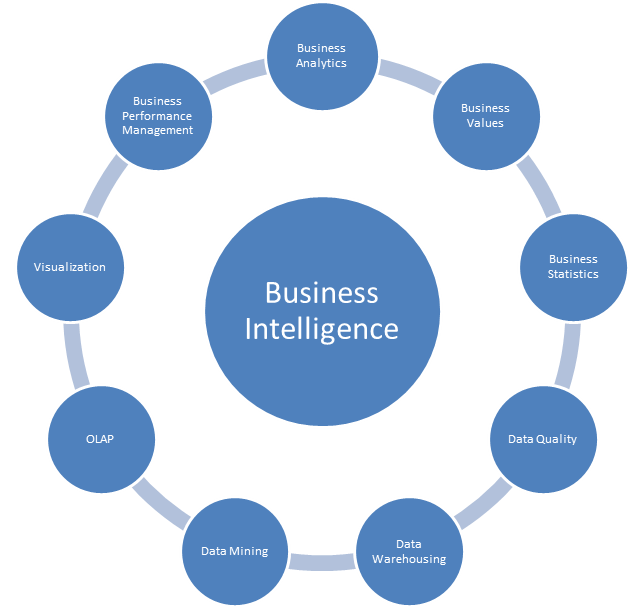

When combined, external and internal data can provide a complete picture which, in effect, creates an "intelligence" that cannot be derived from any singular set of data.

In all cases, BI is most effective when it combines data derived from the market in which a company operates (external data) with data from company sources internal to the business such as financial and operations data (internal data). Strategic business decisions involve priorities, goals, and directions at the broadest level. Basic operating decisions include product positioning or pricing. īusiness intelligence can be used by enterprises to support a wide range of business decisions ranging from operational to strategic. Identifying new opportunities and implementing an effective strategy based on insights can provide businesses with a competitive market advantage and long-term stability. They aim to allow for the easy interpretation of these big data.

Common functions of business intelligence technologies include reporting, online analytical processing, analytics, dashboard development, data mining, process mining, complex event processing, business performance management, benchmarking, text mining, predictive analytics, and prescriptive analytics.īI technologies can handle large amounts of structured and sometimes unstructured data to help identify, develop, and otherwise create new strategic business opportunities. Business intelligence ( BI) comprises the strategies and technologies used by enterprises for the data analysis and management of business information.


 0 kommentar(er)
0 kommentar(er)
